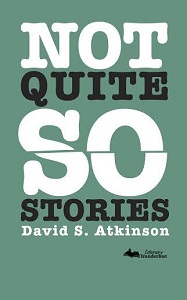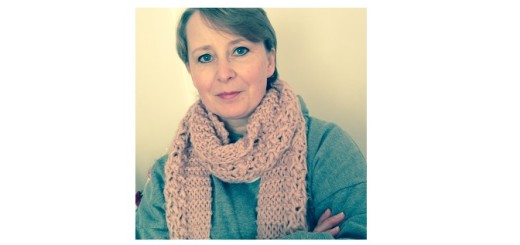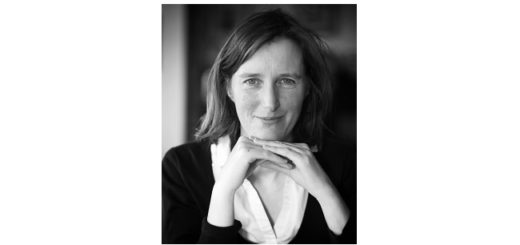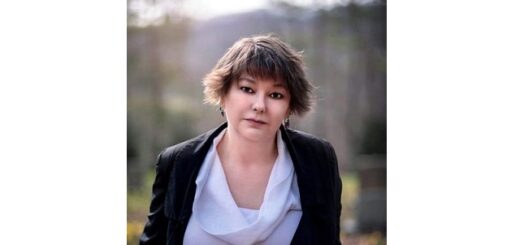The Writing Life of: David S. Atkinson
David S. Atkinson
This week on ‘The Writing Life of:‘ I am thrilled to be interviewing author David S. Atkinson. David S. Atkinson will be sharing with us detail of his writing life, telling us all about his latest book ‘Not Quite So Stories‘, which was released on 17th December 2015 and answering a few fun questions too. This post contains affiliate links.
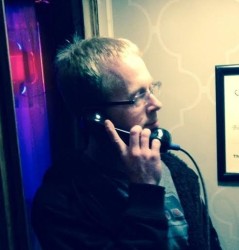
David S. Atkinson is the author of “Not Quite so Stories” (“Literary Wanderlust” 2016), “The Garden of Good and Evil Pancakes” (2015 National Indie Excellence Awards finalist in humor), and “Bones Buried in the Dirt” (2014 Next Generation Indie Book Awards finalist, First Novel <80K). His writing appears in "Bartleby Snopes," "Grey Sparrow Journal," "Atticus Review," and others. He spends his non-literary time working as a patent attorney in Denver.
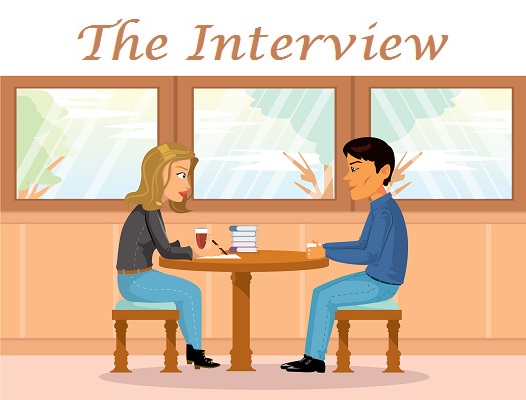
1) Do you remember the moment you decided that you would like to become a writer?
There had to have been some kind of moment where I decided that, being where I am now and all, but I honestly don’t remember.
Being raised by the kind of parents I had, who did quite a bit of reading and even a bit of writing themselves, writing simply seemed to be something everyone did. I never really questioned it. At least, that’s how I remember it. If it happened differently then I’ve completely forgotten, which is possible. I still can’t figure out where I put my keys.
2) How did you go about following your dream?
For writing, I wrote a lot and read a ton. It’s pretty much what I do when I’m not working. I took writing courses in undergrad, went back for a second degree in English, studied for my MFA, got other writers to look at my work and let me know what they think, anything I could think of.
In the end, I think you follow a writing dream by continuing to write. It all works out eventually.
3) Is there a particular author that inspires you?
I get into a lot of different writers: Steinbeck, Harper Lee, Bukowski, Katherine Dunn, and so on. For Not Quite so Stories in particular, I found a lot of inspiration in Etgar Keret, Amelia Gray, Haruki Murakami, Aimee Bender, George Saunders, and many more.
4) What is your average writing day like? Do you have any strange writing habits?
I’m not sure I have an ‘average’ writing day. Working full time as an attorney, I’ve got to fit as much writing as I can in as many places as I can.
5) Do you write Longhand, Type writer, Computer?
I almost always write longhand first and then a computer. I’ve always done it that way and I like the feel of pen on paper and to see the physical pages fill with words. Plus, I get an early chance at revision when I type it up into the computer. I used a typewriter for the second round in past days, but stopped that when I got a computer.
6) From all your books, do you have a favourite character?
I’m terrible at picking favorite anything. Everything seems to have different advantages in different ways, and even that changes with my mood.
I love how earnest young Peter is in Bones Buried in the Dirt and how committed Cassandra is to story in The Garden of Good and Evil Pancakes, but I’m not sure I could pick them over the ridiculousness of Christien’s coping mechanism in my “Changes for the Château” story from Not Quite so Stories. Or, any of my other characters for that matter. I’m not sure I could ever choose.
7) Do you plot your books completely before hand or do you let your imagination flow whilst in the writing process?
I always try to let my imagination flow, but sometimes I do plot things out completely before sitting down to actually write a story or novel.
To be honest, each project seems different to me, as if they had their own set of laws governing how I need to approach them. I try to pick up on that and follow along. Sometimes that’s heavily plotting things out, others that’s just writing and seeing what happens next. There are even times where I write and rewrite stories for months in my head and then virtually transcribe the whole thing down from my mental picture. It varies, and that seems to work.
Concerning your latest book:
Author – David S. Atkinson
Publisher – Literary Wanderlust
Pages – 166
Release Date – 17th December 2015
Format – ebook, paperback, audio

The center of Not Quite So Stories is the idea that life is inherently absurd and all people can do is figure out how they will live in the face of that fact.
The traditional explanation for the function of myth (including such works as the relatively modern Rudyard Kipling’s Just So Stories) is as an attempt by humans to explain and demystify the world. However, that’s hollow. We may be able to come to terms with small pieces, but existence as a whole is beyond our grasp.
Life simply is absurd, ultimately beyond our comprehension, and the best we can do is to just proceed on with our lives. The stories in this collection proceed from this conception, each focusing on a character encountering an absurdity and focusing on how they manage to live with it.
8) How long did it take to get from the ideas stage, to the date of publication?
This book actually took longer than my other two, for the most part. I started getting ideas for mainly realistic stories that intermixed weird happenings and occasional ridiculousness about ten years ago. The stories were so much fun that I had to write them, but I didn’t have a clue what to do with them.
About the time I was finishing up Bones Buried in the Dirt I got the idea for this collection and started intentionally working on stories in that direction, but I tended to work when I had an idea rather than force things. When I tried to force, stories started getting repetitive and I didn’t like what I ended up with.
I actually wrote and published and entirely different book in the interim, The Garden of Good and Evil Pancakes. Slowly but surely though, this book came together. It took a long time, but looking at the end product I wouldn’t ever want to go back and do things any differently.
9) Did you suffer from writer’s block at any stage? How did you overcome it?
I never really had what I would call writer’s block. Sometimes one of these stories, or anything like them, just wasn’t coming. However, I always have multiple projects going at any given time.
When the energy simply wasn’t there for something in this book, I just went off in another direction on something else where the energy was ready and raring to go. I knew I’d come back to it when the direction of the wind changed, and I always did.
10) How did you come up with the name(s)for your lead character(s)?
Well, since these are stories, I ended up needing a lot of different names and they actually came from a variety of different places.
I spent a lot of time designing the names for the characters in “The Des Moines Kabuki Dinner Theatre.” Helen and Renaldo are important to their characterization, as well as the plot of the story and the reason behind it. I had to get that just right, and messed around with that a lot simply by feeling my way around.
Charlotte in “Domestic Ties” was similar, though in different ways, and included a topical nod to Charlotte Perkins Gilman. Christien in “Changes for the Château” was borrowed from a bus driver on a tour I took of France, though the character was inspired by a rural hotel operator I met on that tour who reminded me of a French version of John Cleese’s character from Fawlty Towers. Names came from many different places, for a variety of different reasons.
11) If your book was made in to a film, who would you love to play the lead character(s)?
Since they are stories, I’m imagining some kind of Four Rooms kind of movie. I think it would be truest to the spirit of the book in that case to have Johnny Depp play all the roles, but in various different costumes as if different people Eddie Murphy style. I say that for absolutely no reason in particular. Sorry, Tim Roth.
12) Did you get anyone in particular to read your work before sending it to the publisher i.e family member, friend etc?
Since I’ve been working on some of these stories for so long, and published a few of them in journals, many people peeked over the years. I had a number of different writers give advice, readers provide reactions, and all kinds of situations like that.My wife was even kind enough to read one or two, particularly any where she might have been involved. She always loves my stories where she’s involved best.

